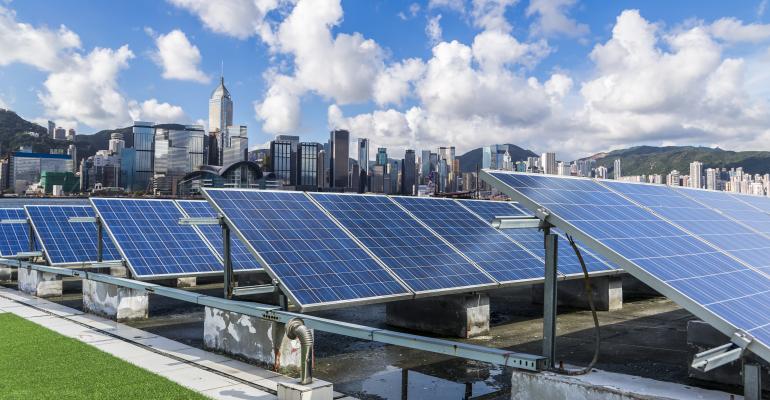Sponsored by Partner Engineering & Science, Inc
By Joseph P. Derhake, P.E.
After a very healthy first half, 2019 continues to buck all predictions of recession. The labor shortage, concerns around trade tariffs, and political uncertainty may add up to a cautionary cocktail that impacts the way our clients do business—but it hasn’t slowed them down. If anything, CRE investors feel increasing urgency to put money to work.
Nowhere is there more urgency than in the California residential market, where developers are racing to beat a major regulatory change that will take effect in 2020: California’s “Net Zero” residential building standard. Effective January first, all new single-family residences and low-rise multifamily properties must use net-zero electricity. That is, they must have adequate solar arrays to offset all electricity used for cooling, plug-in equipment, and lighting. California is the first in the nation to enact such a code, but even for California, it’s an ambitious standard. Currently only 15-20 percent of new homes have solar panels. While the policy will reduce greenhouse gas emissions, it will also create a significant headwind for developers struggling to keep up with the state’s demand for affordable housing and may have the unintended consequence of restricting the already inadequate housing supply.
Nationwide, investors are taking advantage of lower interest rates and a wide variety of lending options. We are seeing a plethora of private equity-backed, non-bank lenders crop up. Through these ventures, investors are exploring new positions in the capital stack—equity players foraying into the debt market, debt funds taking on construction loans—and their relative inexperience with these positions triggers greater reliance on our risk management services. Furthermore, as these funds are largely unregulated, there is more subjectivity in risk management and more leeway in tailoring due diligence and construction risk strategies to suit the risk appetite of their investor base.
Our construction practice continues to grow as investors favor value-add projects, whether due to lack of inventory or the hunt for a bargain. From mod rehab to full-scale redevelopment, everyone has a hand in a construction project. Apartment rehab projects are most active. Developers and financiers in construction loan positions all want feasibility studies and project cost reviews, and they want them fast. Late-cycle jitters and competition for deals create pressure to execute quickly, and there’s no room for course corrections mid-project. That’s where construction risk management (CRM) becomes critical. There is a CRM strategy for every level of exposure. For a fraction of your total construction costs, you can mitigate risk and keep your project on track, making CRM a smart buy—particularly for those who are new to construction or those with tight development timelines.
Economic uncertainty and regulatory changes are nothing new for CRE investors. In a shifting landscape, savvy investors step up their risk management game by arming themselves with solid due diligence; making smart buys and informed decisions; and relying on vigilant, responsive asset management to keep properties performing. In other words, it’s business as usual.
Joseph P. Derhake, P.E., is the CEO of Partner Engineering and Science, Inc., a market-leading environmental, energy and engineering consulting firm serving real estate investors, lenders, and corporations throughout North America and western Europe.
Learn more at www.PartnerESI.com.





